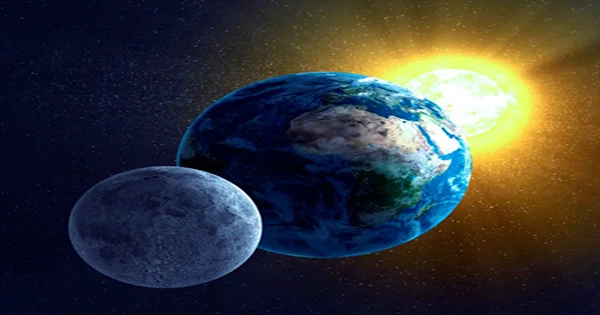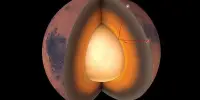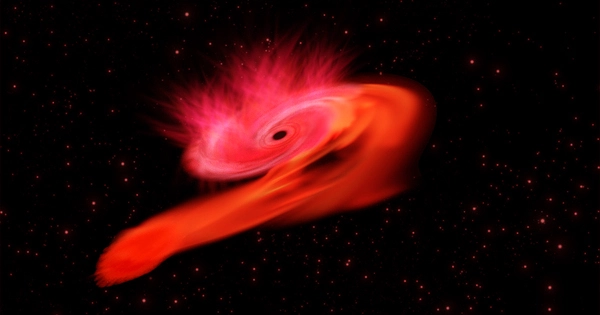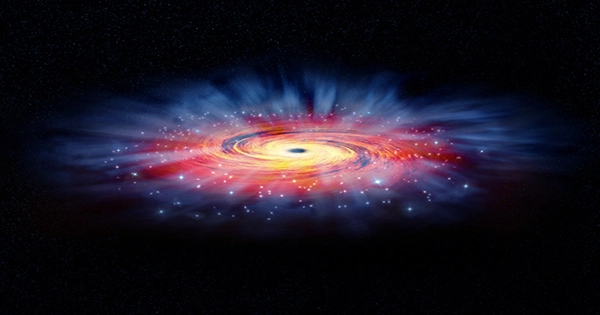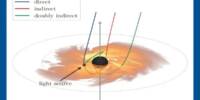Today is your fortunate day if you’ve ever gazed at a Moon rock and thought to yourself, “Yeah, it’s really nice, but I wish it had gone through a cockroach.” The dust from the Moon has been processed through the world’s “most beloved” insects and is up for auction in New Hampshire’s Remarkable Rarities Auction. When Neil Armstrong and Buzz Aldrin first landed on the Moon in 1969, they brought back a significant amount of space rock. The first men on the Moon returned with 21.6 kilos (47.6 pounds) of stuff, including 50 rocks, lunar soil samples, and lunar soil samples from farther below the surface.
The samples were returned to Earth to be studied. Moon samples that aren’t stolen in a brazen theft are used to a variety of scientific purposes, such as feeding them to a cockroach to observe what happens. Marion Brooks, an associate professor of entomology and a special consultant to NASA’s resident entomologist, was one of the scientists who got their hands on the initial moon samples. Her objective was to investigate the effects of lunar soil eating on insects.
While that may sound weird now, considering what we know about the lunar surface’s lifelessness, there were many unknowns at the time. The crew of Apollo 11 spent 21 days in quarantine after returning from our satellite, for example, just in case they had returned from our spacecraft carrying harmful microbes. Brooks’ experiment consisted of feeding ground-up moon dirt to creatures such as commercial oysters, pink shrimp, German cockroaches, and common house flies.
One set of animals ate sterilized moon dust crushed into their diet, while another ate unsterilized moon dust, and one unfortunate control group ate no moon at all. Was there any impact, then? In a nutshell, no. A group of little fish in the control group perished when disinfectant was thrown into their tank, resulting in the greatest death rate. Following the experiment, slides of the animals’ tissues were made, with some of them being auctioned off.
Brooks was shocked to see that the samples did not harm the cockroaches’ stomachs, despite his suspicions that there would be no creatures on the Moon. “We expected sharp, jagged edges when the lunar sample was crushed up,” she explained at the time. “However, there were no scrapes or abrasions.” You may now buy some for yourself, knowing that it won’t harm any insects’ stomachs.
